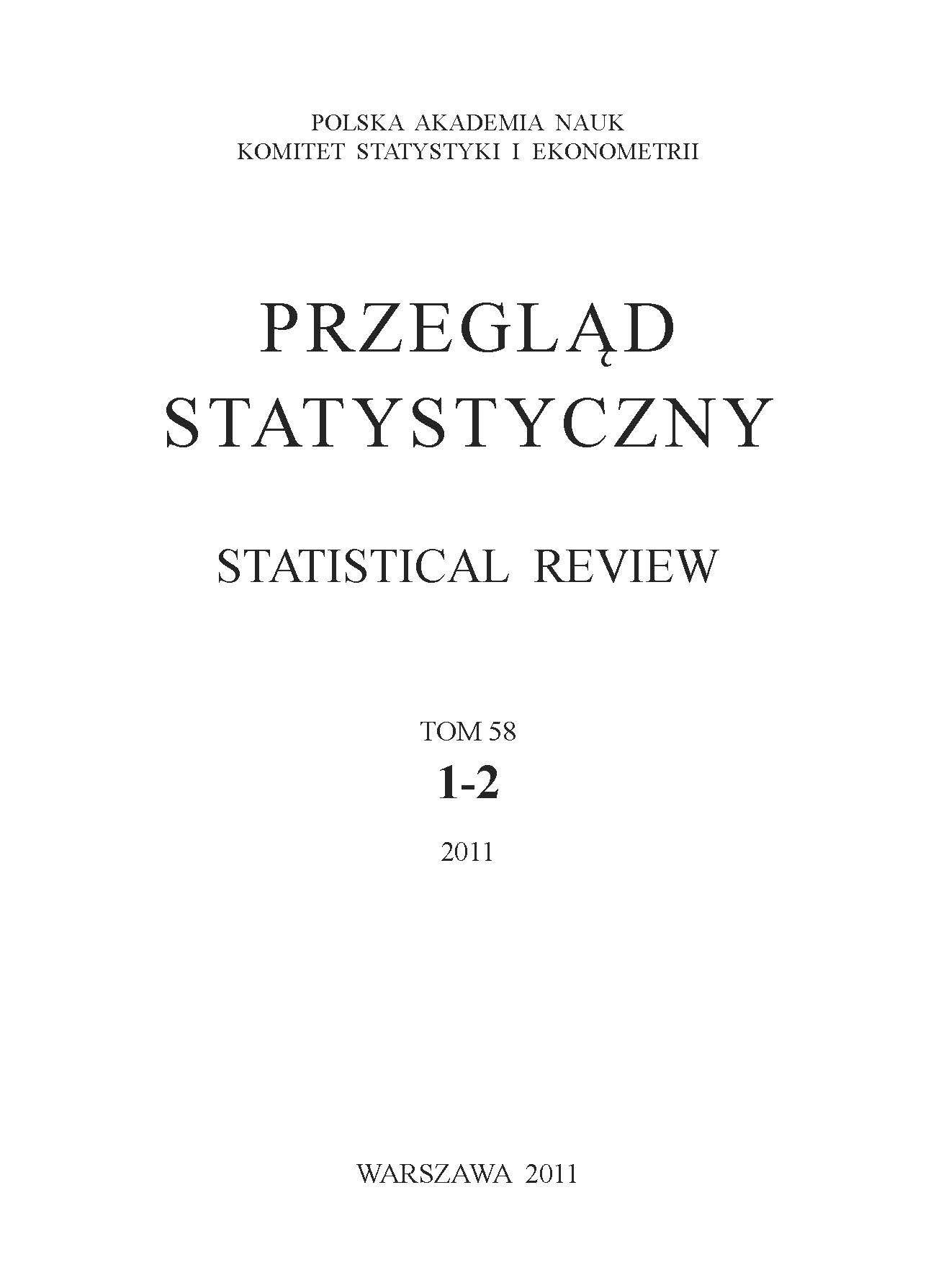Wpływ redukcji szumu losowego metodą Schreibera na identyfikację systemu generującego dane. Analiza symulacyjna
Impact of the Schreiber Noise Reduction Method on DGP Identification Simulation Analysis
Author(s): Witold OrzeszkoSubject(s): Economy
Published by: Główny Urząd Statystyczny
Keywords: nonlinear time series; noise reduction; Schreiber method; NRL quantity; BDS test; mutual information; bootstrap
Summary/Abstract: A presence of a noise is typical for real-world data. In order to avoid its negative impact on methods of time series analysis, noise reduction procedures may be used. The achieved results of an application of such procedures in identification of chaos or nonlinearity seem to be encouraging. One of the noise reduction methods is the Schreiber method, which, as it has been shown, is able to effectively reduce a noise added to time series generated by deterministic systems with chaotic dynamics. However, while analyzing real-world data, a researcher usually cannot be sure if the generating system is deterministic. Therefore, there is a risk that a noise reduction method will be applied to random data. In this paper, it has been shown that in situations where there in no clear evidence that investigated data are generated by a deterministic system, the Schreiber noise reduction method may negatively affect identification of time series. In the simulation carried out in this paper, the BDS test, the mutual information measure and the Pearson autocorrelation coefficient were used. The research has shown that an application of the Schreiber method may introduce spurious nonlinear dependencies to investigated data. As a result, random series may be misidentified as nonlinear.
Journal: Przegląd Statystyczny. Statistical Review
- Issue Year: 58/2011
- Issue No: 1-2
- Page Range: 114-131
- Page Count: 18
- Language: Polish

